Table of Contents
- The Importance of Real-Life Education Strategies
- Strategies for Students to Learn Real-world Learning
- Strategies for Teachers to Teach Real-world Knowledge
- Strategies for Parents and Tutors
- Strategies for Libraries and Educational Software Developers
- Strategies for School Administrators and Instructional Designers
- Strategies for Local Communities and Non-Governmental Organizations
- Strategies for Entrepreneurs and Retraining Professionals
- Conclusion
Traditionally, classroom learning involves learning about new theories and concepts, memorizing them and gaining good grades in the exams. But, how can students learn to apply their concepts and knowledge in real life? How can they attain the necessary life skills?
For this, the new concept of learning outside the classroom has come. In it, teachers take the learning concepts out of the traditional classroom or books and teach the students how to apply the theories and concepts in real life. Technology and digital tools are helping them in implementing this teaching method.
In this blog, we are going to discuss it in detail. So, keep reading to find out.
The Importance of Real-Life Education Strategies
An extensive report by Ofsted found that when teachers take learning outside the classroom, it improves students’ personal, emotional and social development. They can learn how specific theories and concepts are applicable in real life. So they learn in a better way and retain the information easily. Moreover, it creates enthusiasm in the students and they will be more than willing to learn about new concepts.
Some researchers found that the lack of real-world projects in the education field is not teaching students essential skills that are required in the workplace. So, real-life learning can help them excel in the workplace.
In 2016, the School Travel Forum conducted an independent research study. They found that 60 percent of students are more confident and resilient after going on different school trips. 61 percent of students achieved higher than their predicted grades due to real-world learning.
Strategies for Students to Learn Real-world Learning
For real-world learning, students can take part in different projects. In it, they need to create something unique with the help of their peers or individually. Examples of it can be creating their podcast, creating the model of any historical event or bridge, taking any action on current events, observing any company and making financial decisions for them and so on.
Except for this, students can do part-time jobs or internships during the holidays to enhance their soft skills. Moreover, they can join different online workshops and courses to enhance their skills and knowledge outside of the classroom. In this regard, Coursera, FutureLearn, DigitalDefynd and many more can help them.
Strategies for Teachers to Teach Real-world Knowledge
Teachers can plan field trips, and extracurricular activities or give real-world examples in the classroom. For example, a math teacher can teach about fractions by telling students how adults are using fractions in real life. Moreover, they can promote play-based or project-based learning in the classroom. But, School Travel Forum’s research also found that 61 percent of teachers said that they couldn't add real-life teaching strategies in the classroom due to budget issues. To resolve this issue, they can take help from AI tools.
There are various features of the Learning Management System that enable real-world learning. It includes gamification elements, text-to-speech features, digital simulation and much more. Different AI tools such as Kahoot and Quizizz have productive questions in game form that enable students to develop critical thinking.
Digital simulation enables students to have field trips and workshops from the comfort of their classrooms. It uses virtual reality technology to add 2D or 3D models in the classroom. These models enable students to go into different ecosystems, virtual companies, and workshops, on different planets or in different cells of the human body. In the digital simulation, they can even make different decisions and see their impacts. For example, finance students can go into the virtual company where they will make financial decisions, and can see the situation of the company after their decisions. This experience of digital simulation enables teachers to add personalized learning in the classroom. They can teach each concept through hands-on learning with the help of AI tools.
Strategies for Parents and Tutors
Parents and tutors should support the school's projects and initiatives in the home. They should allow kids to take part in different home chores and activities that can build their life skills. For example, they can ask the kid to make the budget for the home so that they can learn financial skills.
Moreover, parents can take them on different educational trips that can teach them different concepts. Moreover, they can use emails, Zoom and other AI tools to remain in contact with the teachers to learn about their kid's progress and how they can promote hands-on learning in the home.
Tutors can support self-paced learning. For this, they can get help from different platforms and courses. For example, they can use Fluentu, Langotalk, YouGlish, Grammar Quizzes and similar AI tools to teach students English language skills through hands-on experience. In this way, they can teach them various other skills too.
Strategies for Libraries and Educational Software Developers
Libraries can turn into digital hubs that can contain all the digital resources for students to do hands-on learning. They can provide them with different resources and AI tools that can enable them to do project-based learning. Some libraries such as Helsinki Central Library Oodi in Finland have community hubs, movie theaters and recording rooms for students to do real-life experiences. They have AI assistants who can provide different online resources to students to help them enhance their knowledge. They can have computer workstations that can have gamification AI tools to enhance learning. Moreover, they can have digital simulation tools in their system so that students can visit different places with the help of virtual reality technology.
Strategies for School Administrators and Instructional Designers
Instructional designers can create curricula that have real-world examples and projects. They should make sure that teachers can easily integrate real-world projects in the classroom.
Schools should create innovative labs, digital libraries and makerspace for kids to perform experiments and learn new skills. They should collaborate with the community to plan field trips and extracurricular activities for students. Moreover, they should give access to various AI tools and LMS systems to teachers. They should also train teachers on how to add project-based learning and hands-on projects in the classroom.
Strategies for Local Communities and Non-Governmental Organizations
NGOs can collaborate with schools to initiate different workshops and community programs for students. They can collaborate with the local community to plan field trips or fund schools for extracurricular activities. For example, NGOs can arrange a zoo trip for those students who are learning about life sciences. Or, any theater from the local community can collaborate with schools to arrange the trip for Shakespeare plays. Moreover, local sports clubs can initiate any extracurricular activity for students.
Strategies for Entrepreneurs and Retraining Professionals
Entrepreneurs and retraining professionals can use project-based learning, mentorship programs and gamification elements to mimic real-life issues in the business scenario and encourage participants to solve them. They can integrate real-world client projects in the training so that students can learn the real issues and how to resolve them. They can take help from digital simulation technology too in the training sessions.
Conclusion
Thinking beyond the classroom is the need of the 21st century. Students need to develop essential skills and knowledge to tackle the issues of the modern workplace. Teachers and students can utilize these strategies to enhance the academic performance and learning attitude in the classroom. In this regard, different educational stakeholders should add their part. They can take help from AI tools and technology to incorporate effective practical learning in the classroom within a small budget. So, utilize AI tools for effective hands-on learning in the classroom.







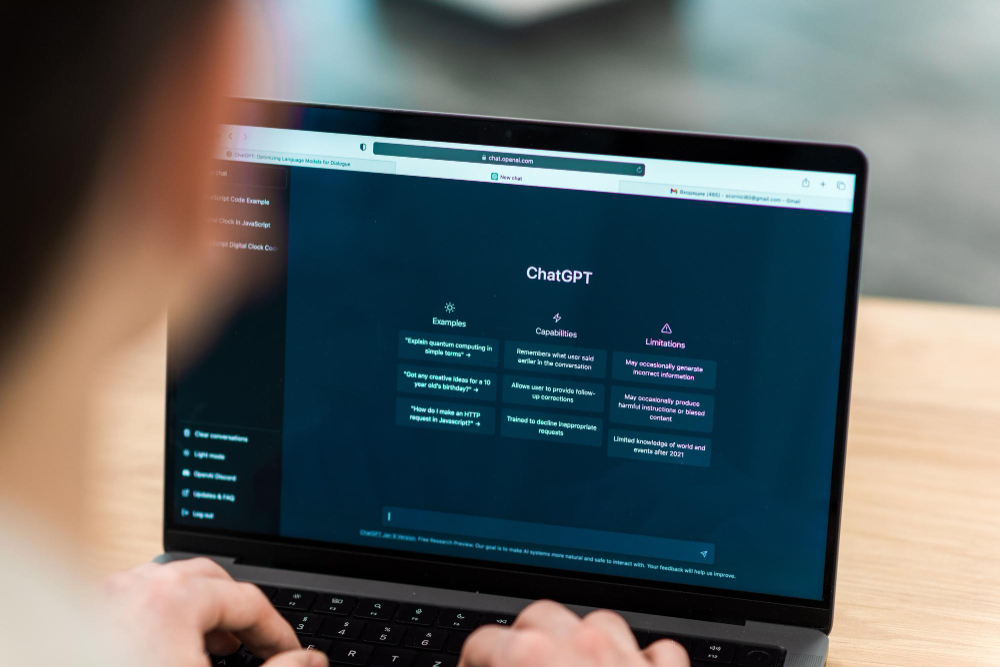


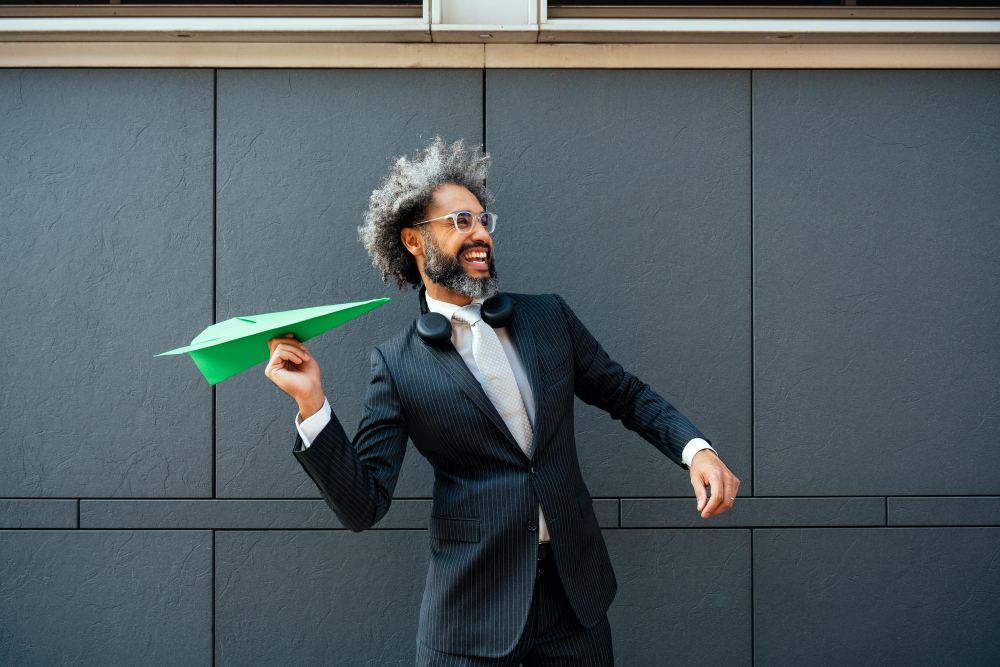

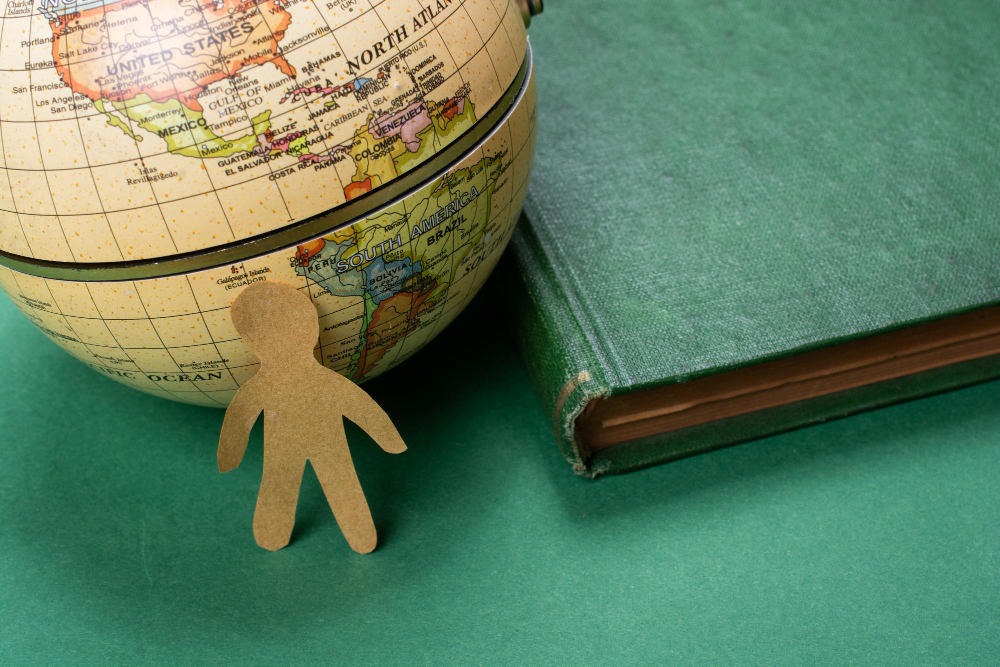



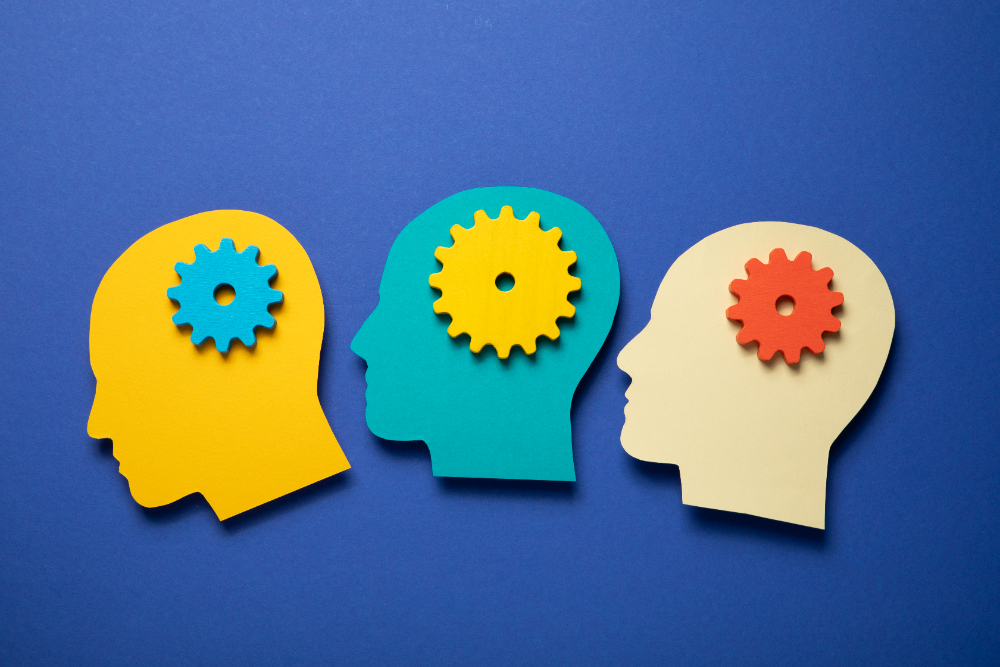



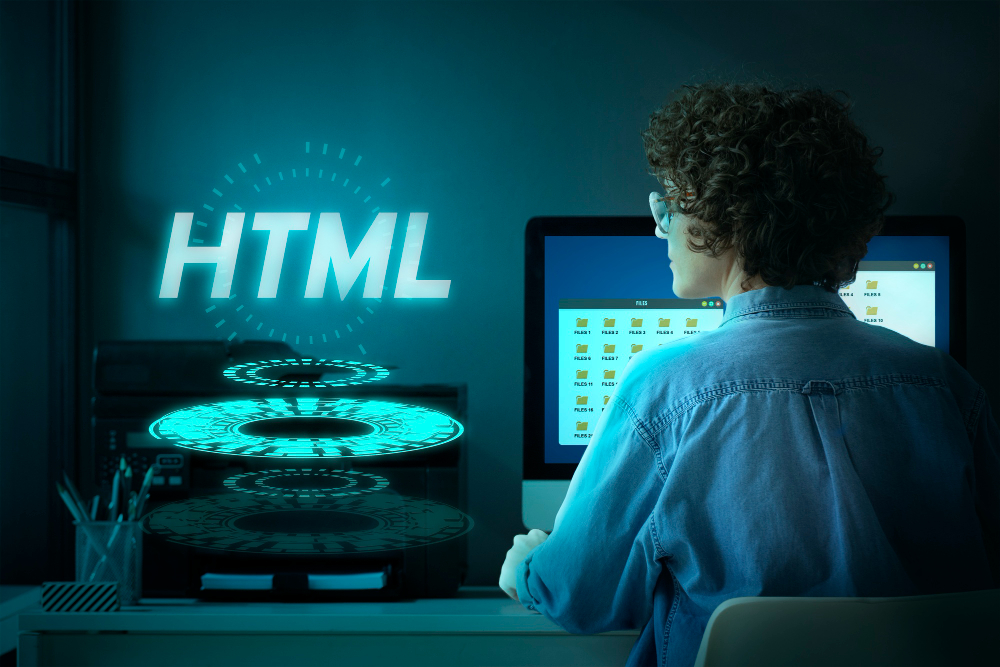
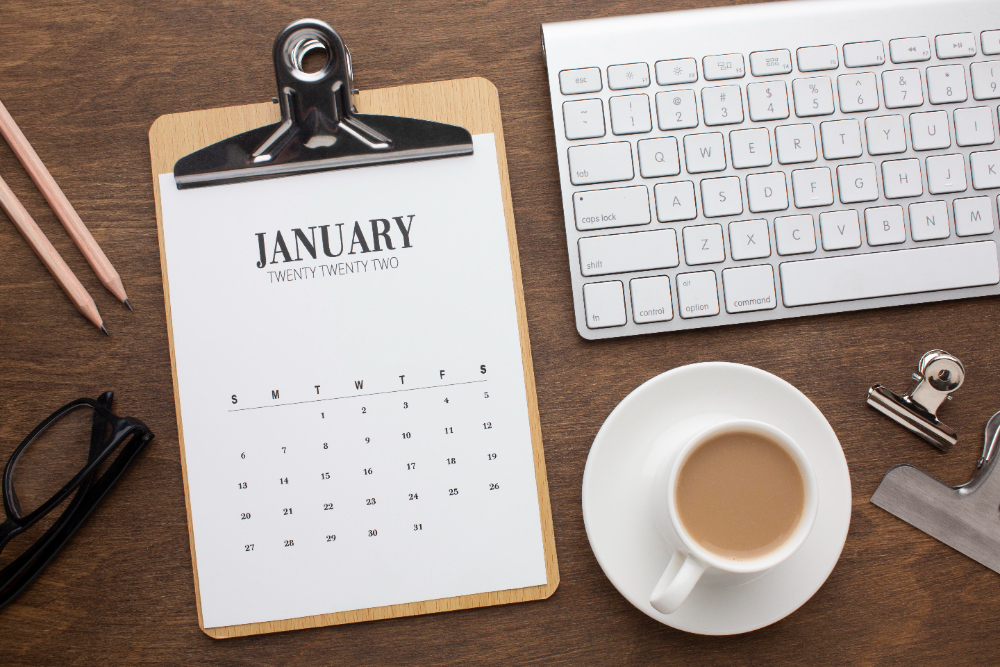
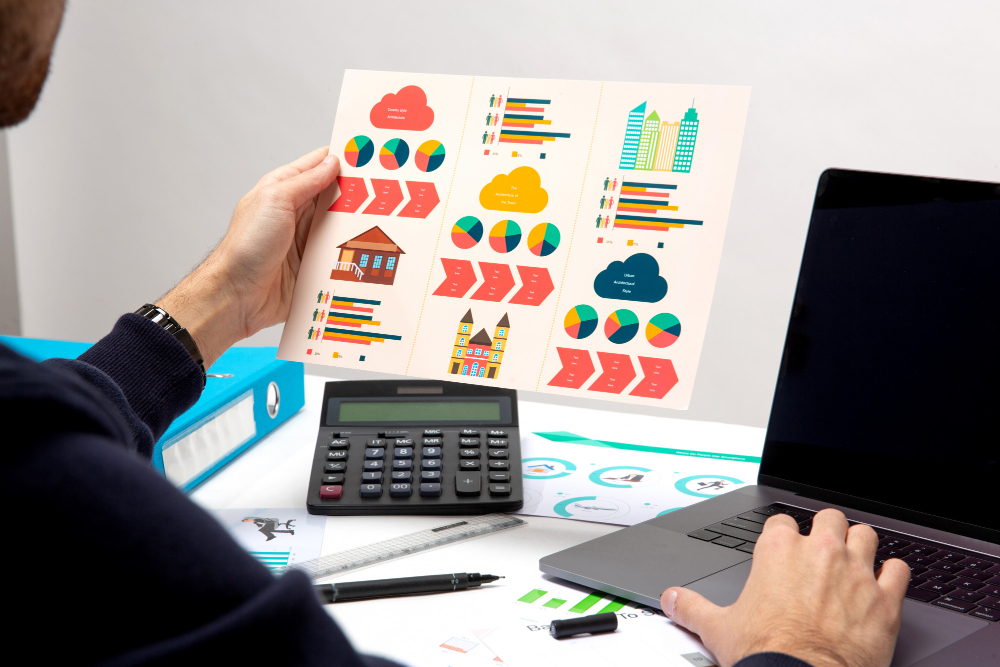
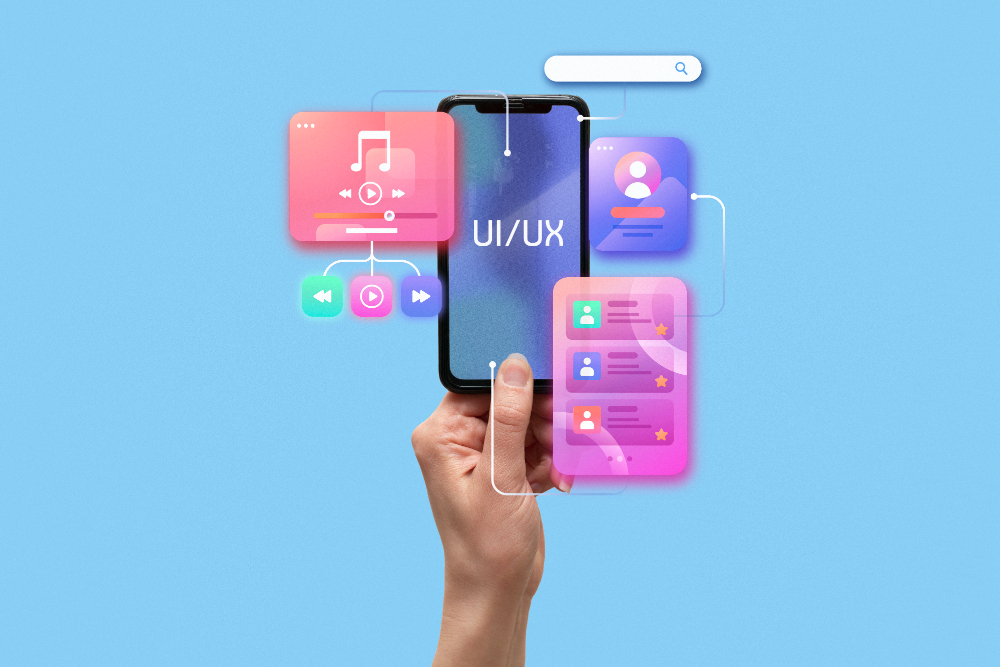
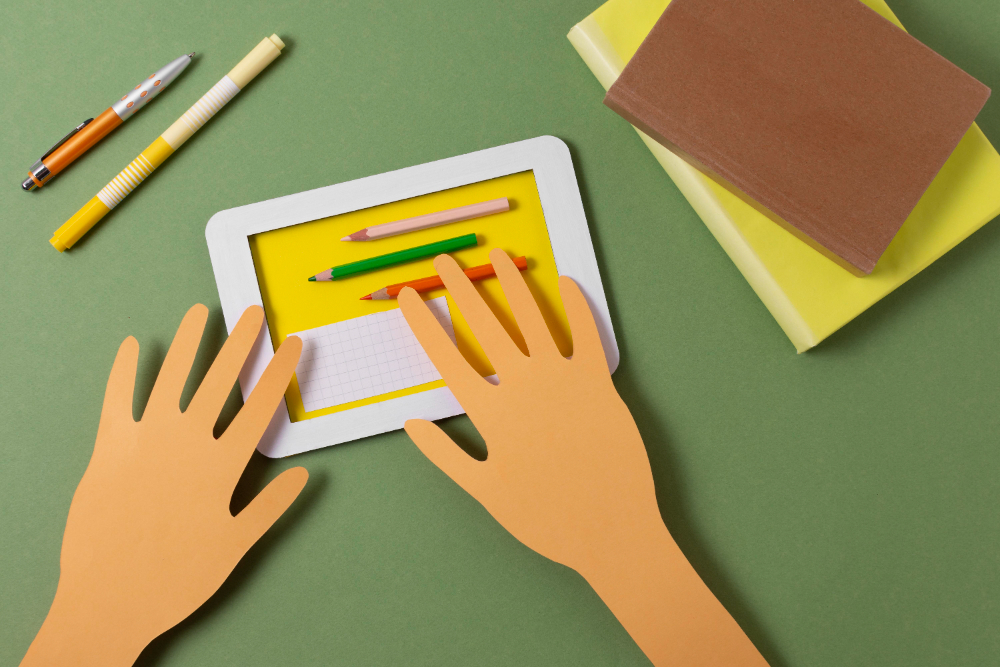

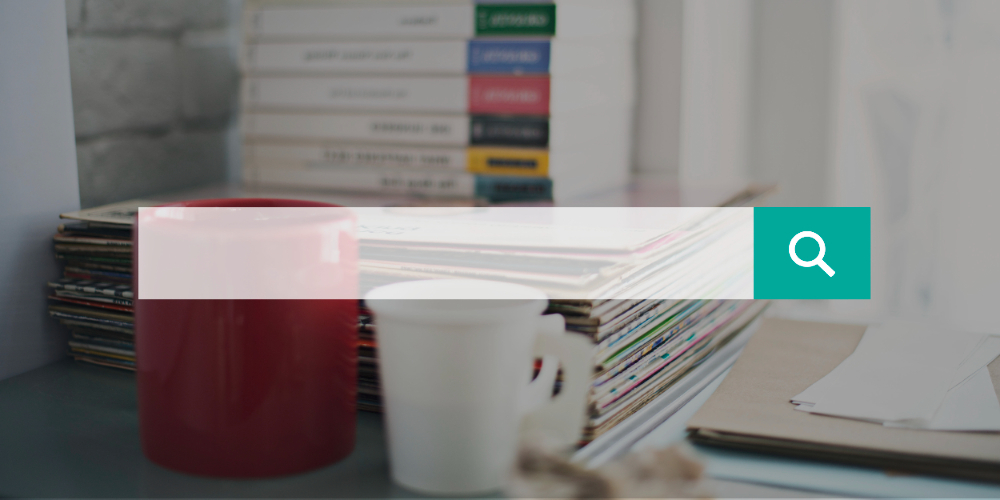



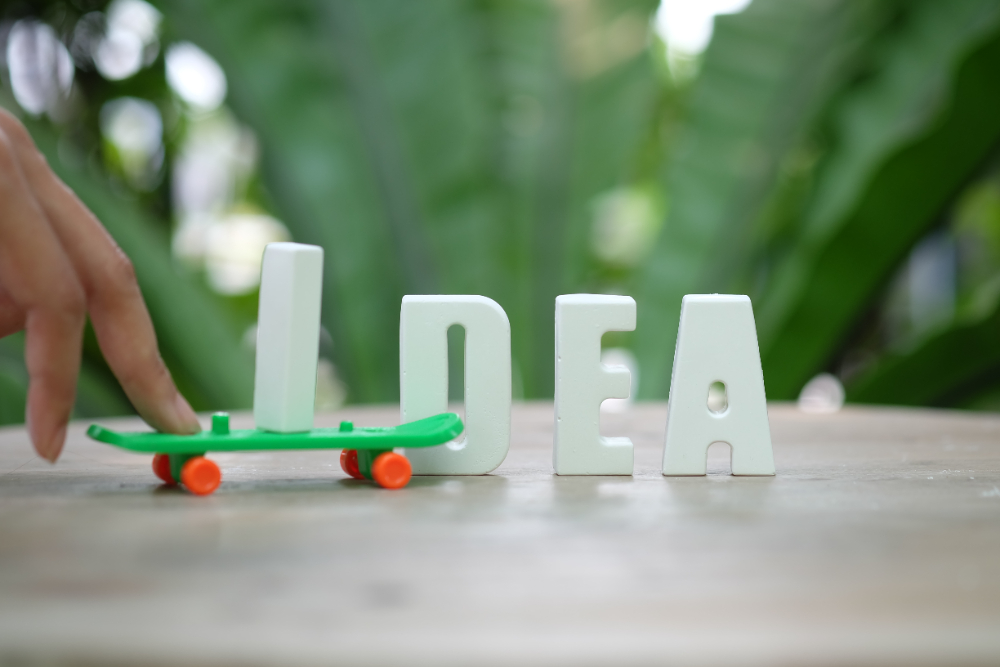
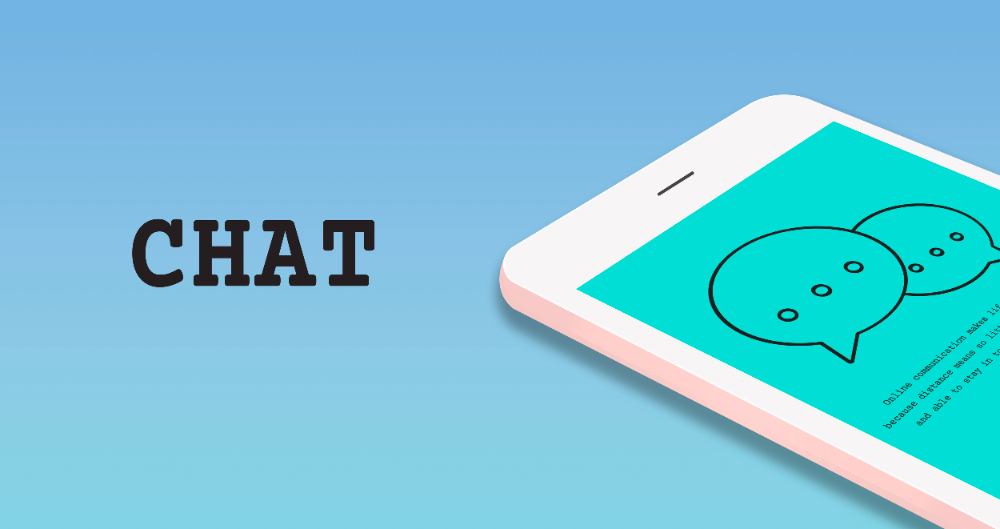
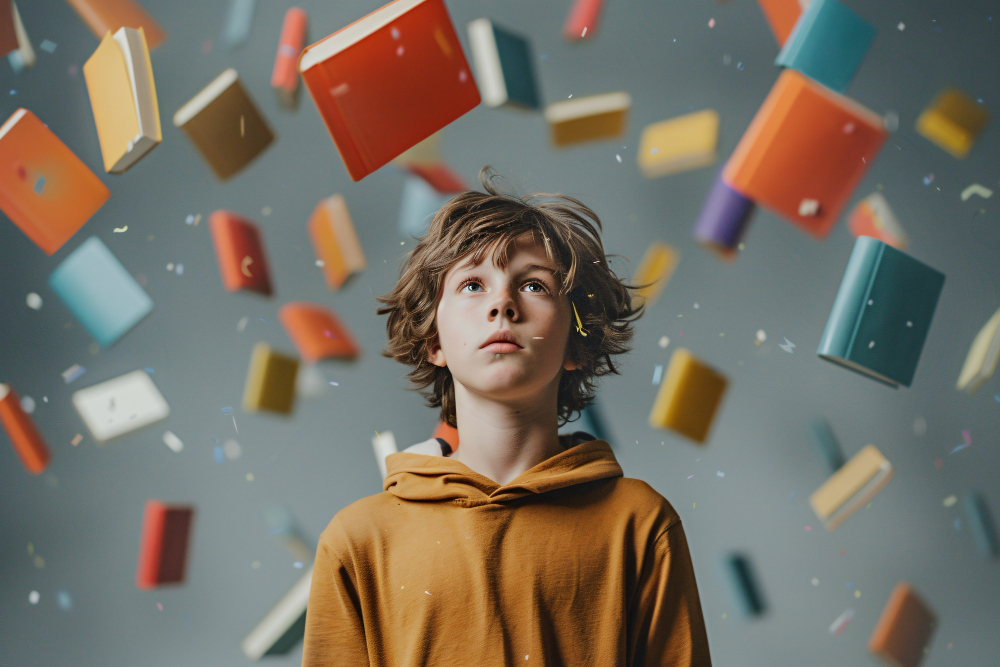
Comments are closed.